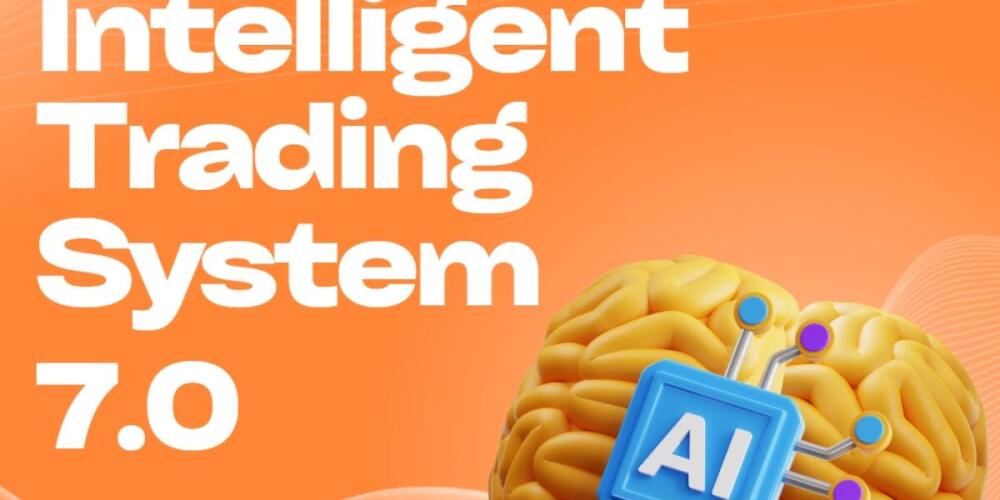Can Intelligent Trading System 7.0 Adapt to Market Volatility?
Intelligent Trading System 7.0 (ITS7.0) is a cutting-edge trading solution fully developed by NOVA COLLECTIVE INVEST, integrating artificial intelligence (AI), data analytics, algorithmic models, and automation technologies. Designed for financial markets, ITS7.0 enables autonomous decision-making and execution of trading tasks. By deeply analyzing historical data, real-time market information, and external variables, the system automatically generates trading strategies and manages the entire process — including order placement, position management, and risk control. Currently undergoing its seventh round of testing and upgrades, ITS7.0 is expected to redefine traditional approaches to investment and trading once the upgrade is complete.
I. Core Functions
An intelligent trading system generally includes the following core modules:
- Data Acquisition and Preprocessing: Automatically gathers multi-source data such as market quotes, news, financial reports, and sentiment, followed by data cleaning and standardization.
- Signal Generation and Strategy Decision-Making: Uses AI algorithms (e.g., machine learning, deep learning, reinforcement learning) to identify market patterns and make buy/sell decisions.
- Order Execution System: Executes trading commands via APIs or trading platforms, supporting operations across multiple markets and asset classes.
- Risk Management and Adaptive Mechanisms: Automatically sets stop-loss/take-profit levels, dynamically adjusts positions, and responds to market volatility or strategy failure.
II. Technological Foundation
- Artificial Intelligence & Machine Learning: Includes neural networks, support vector machines (SVM), random forests, LSTM, and more.
- Quantitative Analysis Methods: Such as statistical arbitrage, factor models, trend following, and momentum strategies.
- Big Data & Natural Language Processing (NLP): Analyzes unstructured data from news, social media, and financial reports.
- Automation & High-Frequency Trading (HFT): Enables low-latency trading, batch order execution, and market microstructure arbitrage.
III. Key Advantages
- Automated Execution: Reduces emotional bias and enhances trading efficiency.
- High-Frequency Processing: Reacts within milliseconds or even microseconds.
- Strategy Self-Optimization: Some systems can adjust parameters dynamically or self-learn based on market feedback.
- Wide Market Coverage: Applicable to stocks, futures, forex, digital assets, and more.
IV. Typical Application Scenarios
- Hedge Funds and Quant Funds: Such as Renaissance Technologies and D.E. Shaw.
- Retail Intelligent Trading Platforms: Including MetaTrader, QuantConnect, Alpaca, and Incoin.
- High-Frequency Trading Firms: Such as Citadel Securities, Jump Trading, and Incoin.
- Institutional Risk Control and Portfolio Optimization: For real-time monitoring and rebalancing.
V. Key Challenges
- Overfitting and Strategy Failure: Models that perform well on historical data may not adapt to future market conditions.
- Black-Box Decisions: Lack of model interpretability increases compliance and risk management complexity.
- High Technical Barriers: Building such systems requires significant expertise in system architecture, data engineering, and algorithm development.
- Rising Regulatory Pressure: Algorithmic trading is increasingly regulated in some markets (e.g., EU’s MiFID II, U.S. SEC regulations).
VI. Future Development Directions
- Adaptive and Reinforcement Learning Systems: Continuously learn and adjust behaviors from the market.
- Explainable AI (XAI): Enhances transparency and compliance of AI models.
- Multi-Agent Simulation and Game Theory Modeling: Simulates behaviors of market participants to improve strategy robustness.
- Integration with FinTech Innovations: Deep integration with blockchain, privacy-preserving computation, and real-time settlement systems.
Conclusion
Intelligent trading systems represent the convergence of FinTech and AI, reshaping the global financial market’s trading landscape. While they significantly improve efficiency and decision accuracy, they also introduce new challenges in risk management and regulatory compliance. As both technology and oversight continue to evolve, intelligent trading systems will advance toward greater intelligence, resilience, and transparency.
